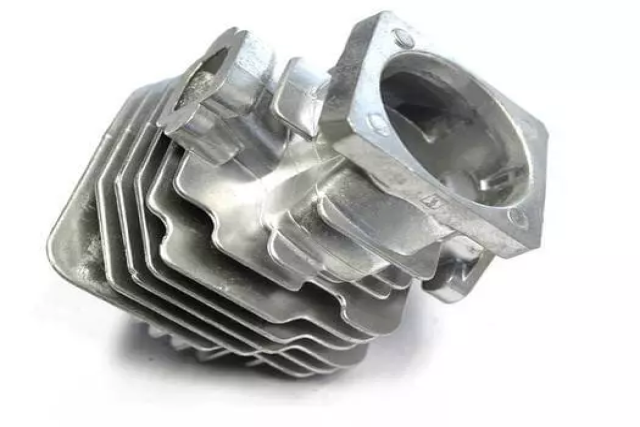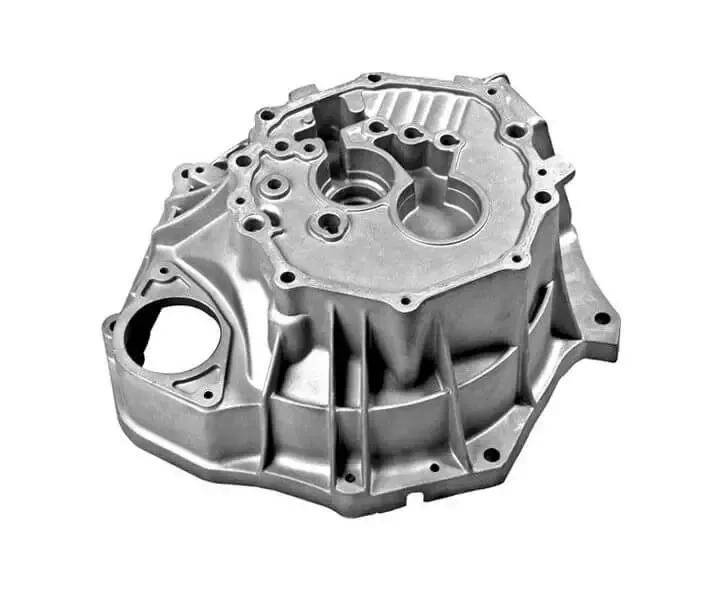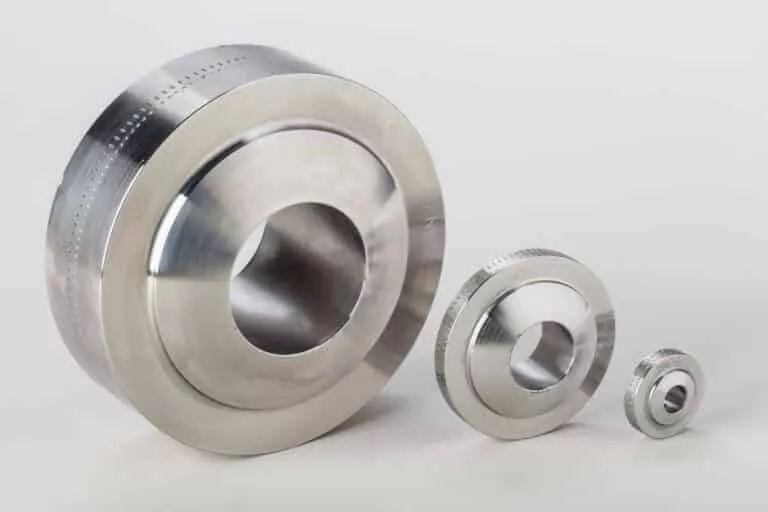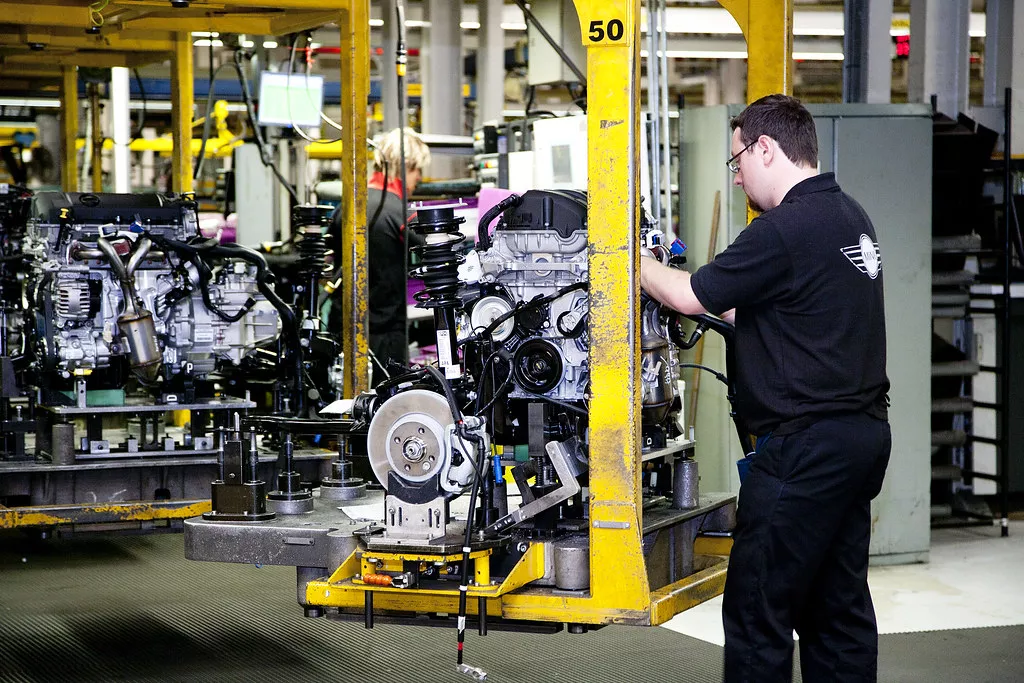
In the automotive industry, the choice of materials significantly impacts the efficiency, cost, safety, and performance of vehicles. This guide explores why aluminum is becoming a preferred material over others like steel and titanium, especially in the design and manufacturing of automotive parts.
Why Choose Aluminum for Automotive Parts?
Aluminum offers a unique set of properties that make it an attractive option for various automotive applications. Its advantages over traditional materials include improved efficiency, cost-effectiveness, and environmental friendliness, making it an increasingly popular choice in the industry.
What Makes Aluminum Unique in Automotive Applications?
Light Weight
Aluminum is considerably lighter than other commonly used metals in the automotive industry, such as steel and titanium.
- Aluminum: Typically weighs about one-third as much as steel.
- Steel: Heavier, which can add to the gross weight of the vehicle.
- Titanium: Lighter than steel but heavier than aluminum and more expensive.
This significant weight difference plays a crucial role in the overall weight reduction of vehicles, contributing to better fuel efficiency and lower emissions.
High Strength-to-Weight Ratio
The strength-to-weight ratio is a critical measure in automotive engineering, denoting the strength of a material relative to its weight. Aluminum's high strength-to-weight ratio makes it ideal for constructing strong yet lightweight automotive parts, crucial for safety and vehicle dynamics.
Corrosion Resistance
Aluminum naturally generates a protective oxide coating, making it resistant to corrosion. This property ensures that automotive parts made from aluminum can withstand harsh environmental conditions better than many other metals.
Recyclability
Aluminum is among the most recyclable materials used in automotive manufacturing, offering the following benefits:
- Recycling Rate: Over 90% of automotive aluminum scrap is recycled.
- Energy Consumption: Recycling aluminum uses only 5% of the energy needed to produce new aluminum.
What Are the Advantages of Using Aluminum in Automotive Manufacturing?
 Cost-Effectiveness
Cost-Effectiveness
Using aluminum can significantly reduce the overall manufacturing costs due to its abundance and ease of processing compared to other heavier metals. The lightweight nature of aluminum also reduces fuel consumption, making it cost-effective over the vehicle's operational lifecycle.
Improved Fuel Efficiency
The reduced weight of aluminum parts lowers the overall mass of the vehicle, which directly contributes to improved fuel efficiency. Lighter vehicles require less energy to accelerate and can maintain higher speeds with less fuel.
Enhanced Performance
Aluminum casting parts not only lighten the vehicle but also enhance its performance by improving acceleration and braking. Lighter vehicles have a higher power-to-weight ratio, allowing for quicker response times and better handling.
Safety Improvements
Despite its lightweight, aluminum can absorb twice the crash energy of mild steel. Modern aluminum alloys can match or even exceed the strength of steel, making them highly effective in enhancing vehicle safety.
How Is Aluminum Used in Automotive Parts?
Engine Components
- Cylinder heads
- Engine blocks
- Pistons
Frames and Chassis
Aluminum is extensively used in the construction of frames and chassis components, contributing to overall vehicle lightness and rigidity.
Wheels and Suspensions
The use of aluminum in wheels and suspension systems helps reduce the unsprung mass of the vehicle, enhancing road handling and ride quality.
Body Panels
More manufacturers are adopting aluminum for body panels such as doors, hoods, and trunk lids to reduce weight and improve fuel efficiency.
What Are the Challenges in Working with Aluminum?

Machining Aluminum
Although aluminum is easier to machine compared to steel, its softness and stickiness can pose challenges, requiring specific technologies and lubricants.
Joining Techniques
Joining aluminum parts typically requires specialized techniques like riveting or adhesive bonding, as traditional welding methods can be less effective.
Durability Concerns
While aluminum is durable, its fatigue strength can be a concern in applications where parts are subject to constant high loads and vibrations.
Case Studies: Successful Automotive Designs Using Aluminum
- Audi A8: Extensive use of aluminum in its Audi Space Frame (ASF).
- Jaguar XJ: Features an all-aluminum body that significantly reduces weight.
Future Trends in Aluminum Usage in the Automotive Industry

Technological Advancements
Continuous improvements in alloy composition and new manufacturing technologies like additive manufacturing are poised to enhance the properties and applications of aluminum.
Industry Adoption
With the automotive industry's increasing focus on sustainability and efficiency, the trend toward aluminum usage is expected to grow, supported by advancements in recycling processes and material science.
Conclusion
Aluminum stands out as a material of choice in the automotive industry due to its exceptional properties and the substantial benefits it offers in automotive design and manufacturing. As technology and material sciences advance, the use of aluminum is expected to expand, playing a pivotal role in the future of automotive engineering and sustainable manufacturing practices.
Disclaimer: This post was provided by a guest contributor. Coherent Market Insights does not endorse any products or services mentioned unless explicitly stated.





